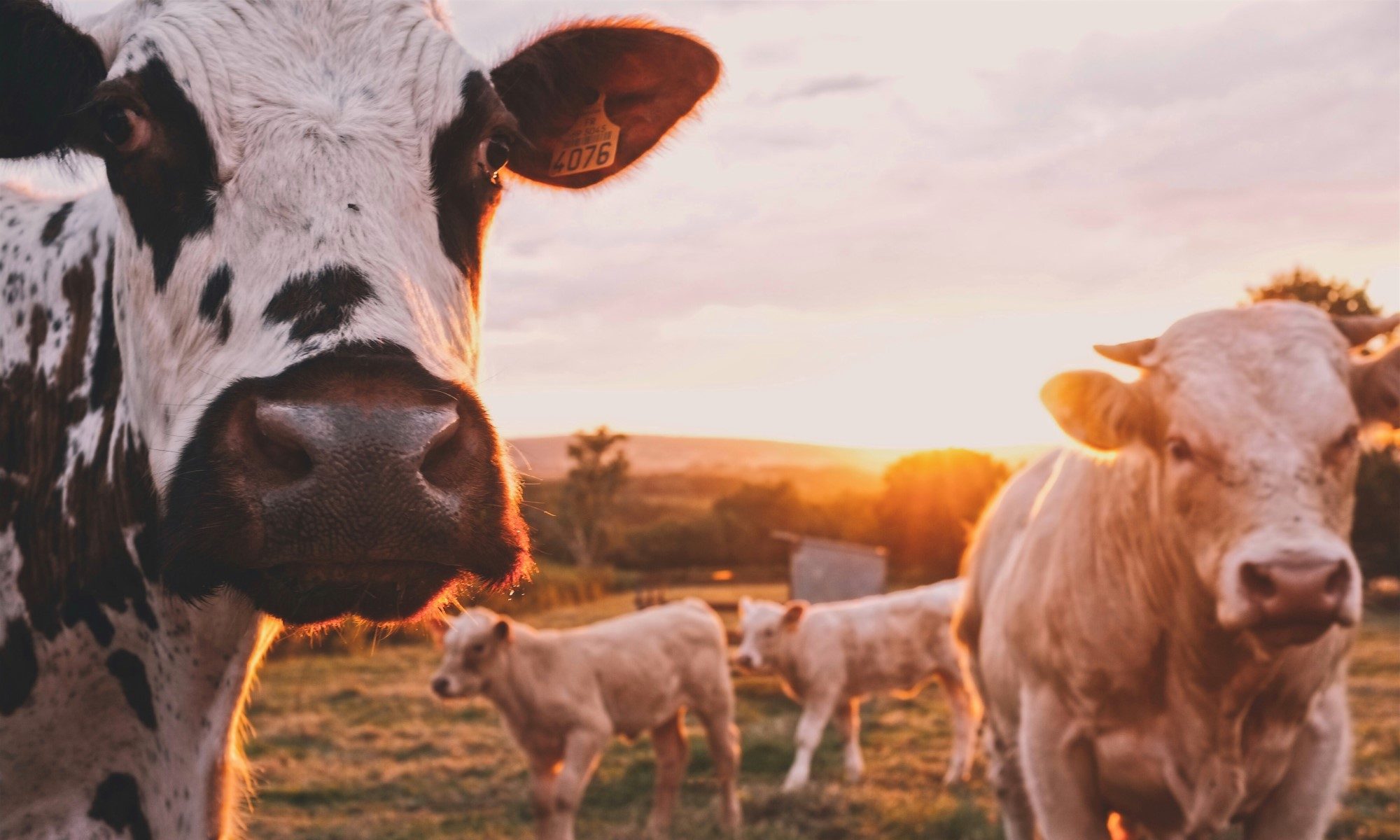Irrigation is a characteristic dry land development, which depends primarily on direct rainfall or is fed by the rain. Hidden cladding, sewage disposal and mining are a substitute for irrigation professionals.
The application of fake water to the soil is called irrigation. This will assist in the development of agricultural yields, support for landscapes and the regeneration of disturbed soils in arid regions, especially in times of lack of rainfall. Irrigation helps with increasing age. It guarantees plants against ice, covers weeds and removes the grain fields. irrigation systems
Land irrigation has several general strategies: surface irrigation happens when water is spread over the surface of the earth. In this way, water in the sprinkler irrigation is charged like virtual rain.
The division of the irrigated masses are farmers. Regardless, there are different characteristics in agribusiness and family development. The word "farmer" refers to those of offerers who can be traded from time to time by their landlord, starting with one region and then with the following.
The overall variation and nature of soil and water are known to affect the effects of irrigation on the environment. This is the result of irrigation, which determines the effects of the irrigation plan on normal and social conditions. irrigation system installation
Apply enough water to completely wet the root zone of the plant, restricting the over-irrigation and then allowing the soil to dry by trying to water, allowing air to penetrate the soil and supporting root enhancement, but less so that the plant will over-grow Appropriate goes beyond the goal of irrigation planning.
Soil moisture detectors and rain sensors, such as tensiometers, capacitance sensors and gypsum squares, are various materials that help with irrigation booking.
The altered hydrological conditions that have been disturbed by the mechanism and the process of assembly are the basic influence. The water is extracted from the stream and distributed over the submerged zone in the middle of the irrigation area. In any case, as a hydrological result, it is found that there is an increase in the flight and the groundwater in the arrangement causes a reduction in the downstream pipe, an increase in the water level, and an increase in the waste stream. These are just effects.
While flushing can have huge benefits, its negative effects and reactions are mostly neglected. Parts that affect the irrigation process:
- Rate of precipitation of the equipment.
- water base consistency.
- Speed ​​of soil soaking.
- Land Geology.
- Water present in the soil.
- Effectively determining the depth of the plants to be watered.
- Available irrigation needs of the plant.
- Time required for the water or hard worker who may be open for irrigation.
- Quantity of permissible moisture impact.
- Time to abuse likely rainfall.
- Time to abuse profitable usage rates.
- Time to avoid curiosity with different exercises.
On the other hand, unpredictable results and roaming results are those that affect the quality of the earth and water, eg. Soil salinization and water retention, while the dynamic consequences for characteristic, budgetary and normal conditions are highly involved. irrigation system services
